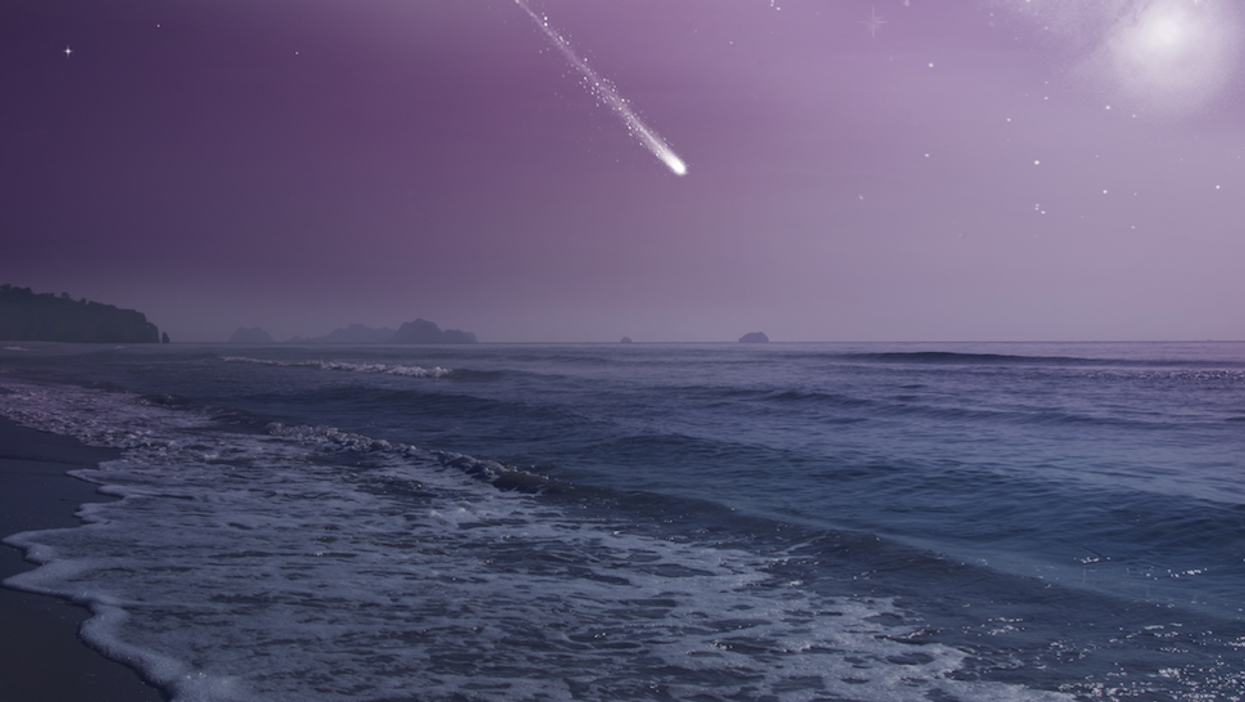A Comet Is Zooming Across Earth & You Can See It From Florida (PHOTOS)
Comets streaking close to the Earth's atmosphere might hit a nerve for some, but this latest discovery is such a sight. Comet NEOWISE is currently gliding through the northern hemisphere. This close encounter is actually visible in Florida.
The comet was initially found on March 27 by NASA’s Near-Earth Objects Wide-field Infrared Survey Explorer (NEOWISE) space telescope. Unlike others like ATLAS and SWAN, the comet NEOWISE survived its journey past the sun and is now dazzling stargazers.
You'll have until August to catch a glimpse since the comet will linger in the skies throughout July. It will be most visible to Earth on July 22 as the icy space rock is at its closest then, so make sure to mark your calendars.
While some celestial events require onlookers to have a set of binoculars or telescope on hand, this rare occurrence can be enjoyed without any equipment.
An Arizona-based photographer, Jeremy Perez tweeted, "it was an easy naked-eye object, but really rewarding through binoculars.”
This event is so striking that NASA Astronaut Bob Behnken said it was space's equivalent of the 4th of July displays.
To follow the comet's path this month, gazers will need to first seek out the Big Dipper and proceed to "star hop" in order to find it.
As the month progresses, spotting it will become easier.
"It will be highest in the dawn sky around July 11. Then it will gradually approach the horizon each day. By mid July (around July 12-15), the comet will become visible at dusk (just after sunset), low in the northwest horizon," according to EarthSky.
If you plan on making a night of stargazing, it's best to get yourself to an ultra-dark place.
Places like the Everglades National Park have been a perfect spot for visitors looking for a backdrop to see the Milky Way.
You won't want to miss Comet NEOWISE makes its tour across the earth. According to Forbes, it won't be making an appearance for about another 6,800 years.
*Cover photo used for illustrative purposes.

